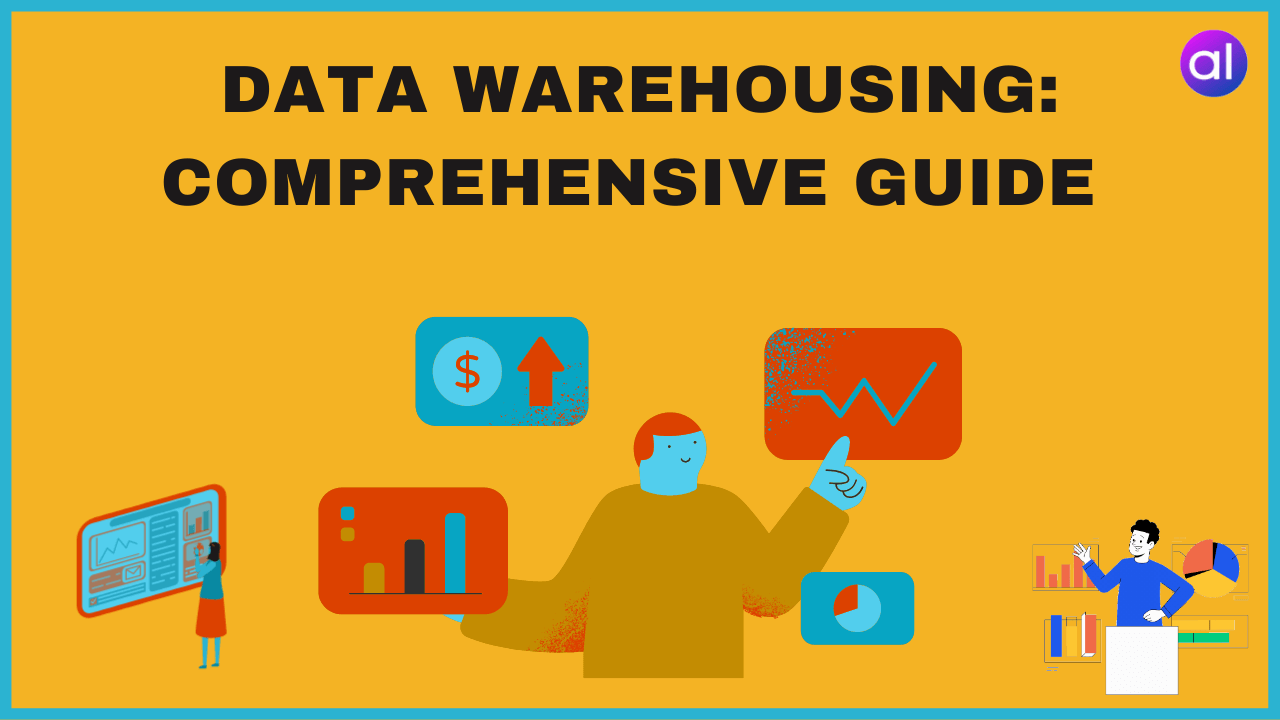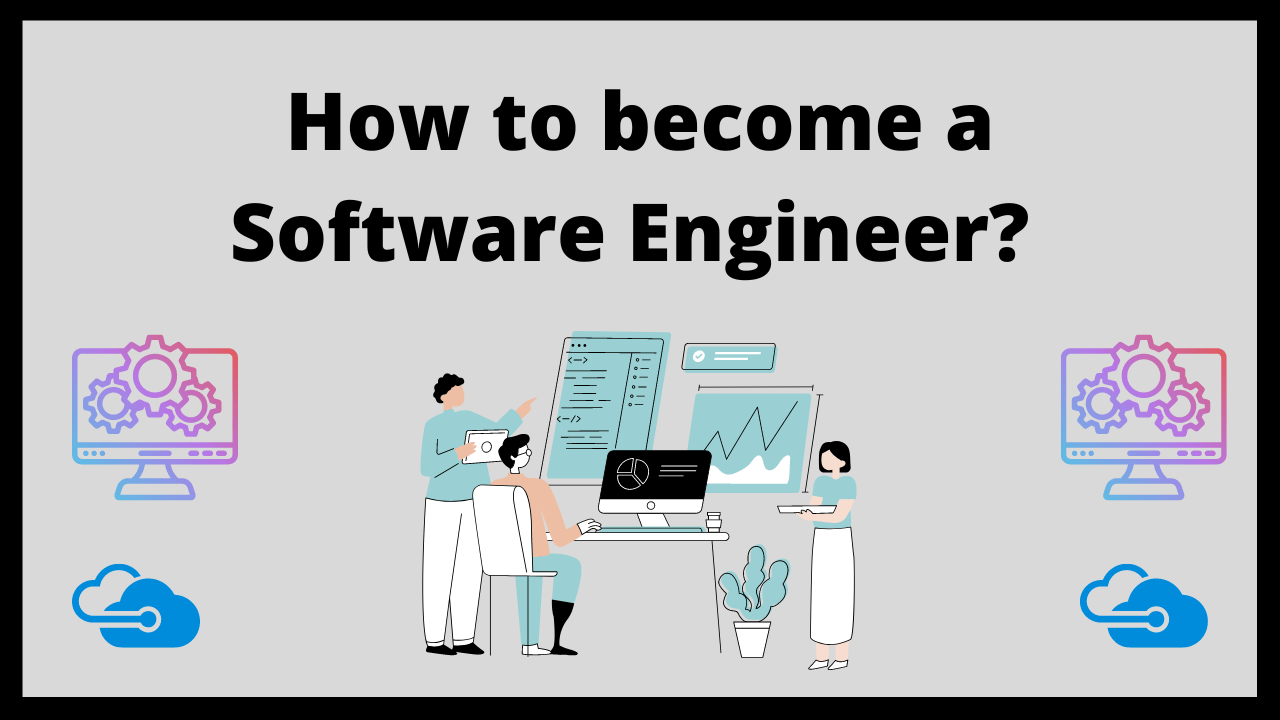In this article, we will explore what data warehousing is, its components, benefits, and its importance in the modern business landscape.
In today’s digital age, organizations are accumulating vast amounts of data from various sources.
To make sense of this data and derive valuable insights, businesses turn to data warehousing.
What is Data Warehousing?
DW is a strategic approach that involves the collection, integration, and storage of data from different sources to support analysis and decision-making processes.
Data warehousing empowers organizations to achieve integrated and consistent data, enhanced business intelligence, advanced analytics, real-time and historical reporting, scalability, and performance.
By leveraging DW solutions and employing relevant tools, organizations can unlock the full potential of their data assets, make data-driven decisions, and gain a competitive advantage in today’s data-centric world.
Components of Data Warehousing:
1. Data Sources:
Data warehousing begins with identifying and integrating data from diverse sources.
These sources can include operational databases, spreadsheets, external systems, cloud-based platforms, and other data repositories within the organization.
The data can be in 3 different forms like structured data, semi-structured data, or unstructured data.
Related Article: What are the Types of Cloud Computing?
2. Extract, Transform, Load (ETL):
The ETL process plays a crucial role in data warehousing. It involves extracting data from the various sources, transforming it into a consistent format, and loading it into the data warehouse.
During the transformation phase, data may undergo cleaning, filtering, aggregation, and formatting to ensure consistency and accuracy.
Related Article:
3. Data Warehouse:
The data warehouse is the central repository that stores the integrated and transformed data. It is designed to support efficient data retrieval and analysis.
The data warehouse typically follows a schema, such as a star schema or a snowflake schema, to organize and structure the data for optimal performance.
4. Business Intelligence (BI) Tools:
BI tools provide the interface for users to access, analyze, and visualize the data stored in the data warehouse.
These tools enable users to run queries, create reports, build dashboards, and perform data analysis to gain insights and make informed decisions.
Benefits of Data Warehousing:
1. Integrated View of Data:
Data warehousing provides a unified and integrated view of data from multiple sources. It eliminates data silos and ensures that data is consistent and standardized.
This integrated view enables organizations to have a holistic understanding of their business operations, customers, and market trends.
Related Article: Why Does Data Integration matter for Businesses?
2. Improved Data Quality:
Data warehousing involves data cleaning and transformation processes, which enhance the quality and accuracy of the data.
By consolidating and standardizing data, organizations can minimize data inconsistencies, redundancies, and errors.
This leads to better decision-making based on reliable and trustworthy data.
3. Enhanced Data Analysis:
Data warehousing facilitates advanced data analysis by providing a structured and optimized environment for querying and reporting.
With the help of BI tools, users can perform complex data analysis, identify patterns, and uncover insights that were previously difficult to obtain.
This analysis enables organizations to make data-driven decisions and gain a competitive edge.
4. Historical and Trend Analysis:
Data warehous allows organizations to store historical data over extended periods, This enables trend analysis and long-term performance tracking.
By comparing current data with historical patterns and trends, organizations can identify patterns, predict future outcomes, and make strategic decisions based on historical insights.
5. Scalability and Performance:
Data warehouses are designed to handle large volumes of data and support complex queries efficiently.
As data grows, data warehousing systems can scale horizontally or vertically to accommodate increasing data volumes and maintain performance.
This scalability ensures that organizations can continue to extract insights from their ever-expanding data assets.
Key Importance of DW:
In today’s competitive business landscape, data has become a valuable asset.
Organizations that harness the power of data and transform it into meaningful insights gain a significant competitive advantage.
- Data warehousing plays a vital role in achieving this by providing a structured approach to managing and analyzing data.
- It enables organizations to consolidate data from multiple sources, eliminate data silos, improve data quality, and empower users with powerful BI tools for analysis and decision-making.
- Furthermore, data warehousing promotes a data-driven culture within organizations.
- It fosters collaboration between different departments, as they can access and analyze the same set of integrated data.
- It also enables organizations to align their business strategies with data-driven insights, leading to improved operational efficiency, better customer understanding, and the ability to adapt to changing market conditions.
Tools Used for Data Warehousing
There are several tools, software, and frameworks available in the market for data warehousing. Here are some commonly used ones:
1. Extract, Transform, Load (ETL) Tools:
ETL tools are crucial for extracting data from various sources, transforming it into a consistent format, and loading it into the data warehouse. Popular ETL tools include:
- Informatica PowerCenter
- IBM InfoSphere DataStage
- Microsoft SQL Server Integration Services (SSIS)
- Oracle Data Integrator
- Talend
2. Relational Database Management Systems (RDBMS):
RDBMS systems serve as the foundation for storing and managing data in a data warehouse. Commonly used RDBMS systems include:
3. Online Analytical Processing (OLAP) Tools:
OLAP tools provide multidimensional analysis capabilities, allowing users to explore data from different perspectives.
These tools enable slicing and dicing of data, drilling down into details, and creating interactive reports. Popular OLAP tools include:
4. Data Integration and Data Virtualization Tools:
These tools help in integrating data from diverse sources and creating a unified view for analysis. They also enable data virtualization, where data can be accessed in real-time without physically moving or replicating it. Examples of such tools are:
- Denodo
- IBM InfoSphere Information Server
- Oracle Data Integration Platform
- Talend Data Integration
5. Data Visualization and Business Intelligence (BI) Tools:
Data visualization tools enable organizations to create charts, graphs, dashboards, and reports to visualize and communicate insights effectively. Some widely used data visualization and BI tools are:
6. Cloud-Based Data Warehousing:
Cloud-based data warehousing solutions provide the advantages of scalability, flexibility, and cost-effectiveness. Some popular cloud-based data warehousing platforms include:
7. Open-Source Data Warehousing:
Open-source tools provide flexibility and cost-saving options for organizations. Some popular open-source data warehousing tools and frameworks include:
- Apache Hadoop
- Apache Spark
- Apache Hive
- PostgreSQL
- MySQL
These are just a few examples of the many tools, software, and frameworks available for data warehousing.
The choice of tools depends on factors such as the organization’s specific requirements, budget, scalability needs, and existing technology infrastructure.
Use of Data warehousing in Industries
It is widely implemented across various industries and organizations to address their specific data management and analytics needs.
Here are different examples of data warehousing and the tools commonly used in those scenarios:
1. Retail Industry:
Retail companies often utilize data warehousing to consolidate and analyze data from multiple sources, such as sales transactions, inventory, customer behavior, and marketing campaigns.
This enables them to gain insights into customer preferences, optimize inventory management, and personalize marketing efforts.
Tools commonly used in retail data warehousing include ETL tools like Informatica PowerCenter and IBM InfoSphere DataStage, RDBMS systems like Oracle Database and Microsoft SQL Server, and data visualization tools like Tableau and Microsoft Power BI.
2. Healthcare Industry:
In the healthcare sector, data warehousing helps organizations integrate and analyze patient records, medical data, insurance claims, and other relevant information.
This facilitates data-driven decision-making, such as identifying patterns in disease occurrences, optimizing treatment plans, and improving patient outcomes.
ETL tools like Informatica PowerCenter and Oracle Data Integrator, RDBMS systems like Oracle Database and Microsoft SQL Server, and analytics tools like SAS and IBM Cognos are commonly employed in healthcare data warehousing.
3. Financial Services:
Financial institutions leverage data warehousing to consolidate and analyze vast amounts of financial data, including customer accounts, transactions, market data, and risk management information.
This enables them to monitor real-time financial metrics, generate regulatory reports, detect fraudulent activities, and perform predictive analytics for investment strategies.
ETL tools like IBM InfoSphere DataStage and Microsoft SQL Server Integration Services (SSIS), RDBMS systems like Oracle Database and MySQL, and OLAP tools like Oracle Essbase and IBM Cognos are widely used in financial services data warehousing.
4. Telecommunications Industry:
Telecom companies handle massive volumes of data generated from customer call records, network performance data, billing information, and service usage.
Data Wearhouse allows them to analyze this data to optimize network infrastructure, improve customer service, and identify revenue opportunities.
ETL tools like Informatica PowerCenter and Talend, RDBMS systems like Oracle Database and Microsoft SQL Server, and data visualization tools like Tableau and QlikView are commonly utilized in telecommunications data warehousing.
5. Manufacturing Sector:
Manufacturing organizations employ data warehousing to consolidate data from various sources such as production processes, supply chain, quality control, and sales.
This enables them to track key performance indicators (KPIs), identify bottlenecks, optimize production, and improve overall operational efficiency.
ETL tools like IBM InfoSphere DataStage and SAP Data Services, RDBMS systems like Microsoft SQL Server and MySQL, and analytics tools like SAP BusinessObjects and Microsoft Power BI are frequently used in manufacturing data warehousing.
These are just a few examples of how data warehousing is applied in different industries.
The specific tools employed may vary depending on the organization’s requirements and preferences, but the mentioned ETL, RDBMS, OLAP, and data visualization tools are commonly used in data warehousing implementations across various sectors.
Conclusion
In conclusion, DW is a strategic approach that allows organizations to integrate, store, and analyze data from diverse sources.
It provides an integrated view of data, improves data quality, enables advanced analysis, supports historical and trend analysis, and offers scalability and performance.
In today’s data-driven world, data warehousing is of paramount importance for organizations seeking to unlock the potential of their data and gain a competitive edge in the market.

Meet Nitin, a seasoned professional in the field of data engineering. With a Post Graduation in Data Science and Analytics, Nitin is a key contributor to the healthcare sector, specializing in data analysis, machine learning, AI, blockchain, and various data-related tools and technologies. As the Co-founder and editor of analyticslearn.com, Nitin brings a wealth of knowledge and experience to the realm of analytics. Join us in exploring the exciting intersection of healthcare and data science with Nitin as your guide.










